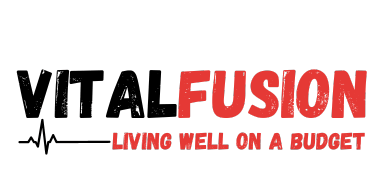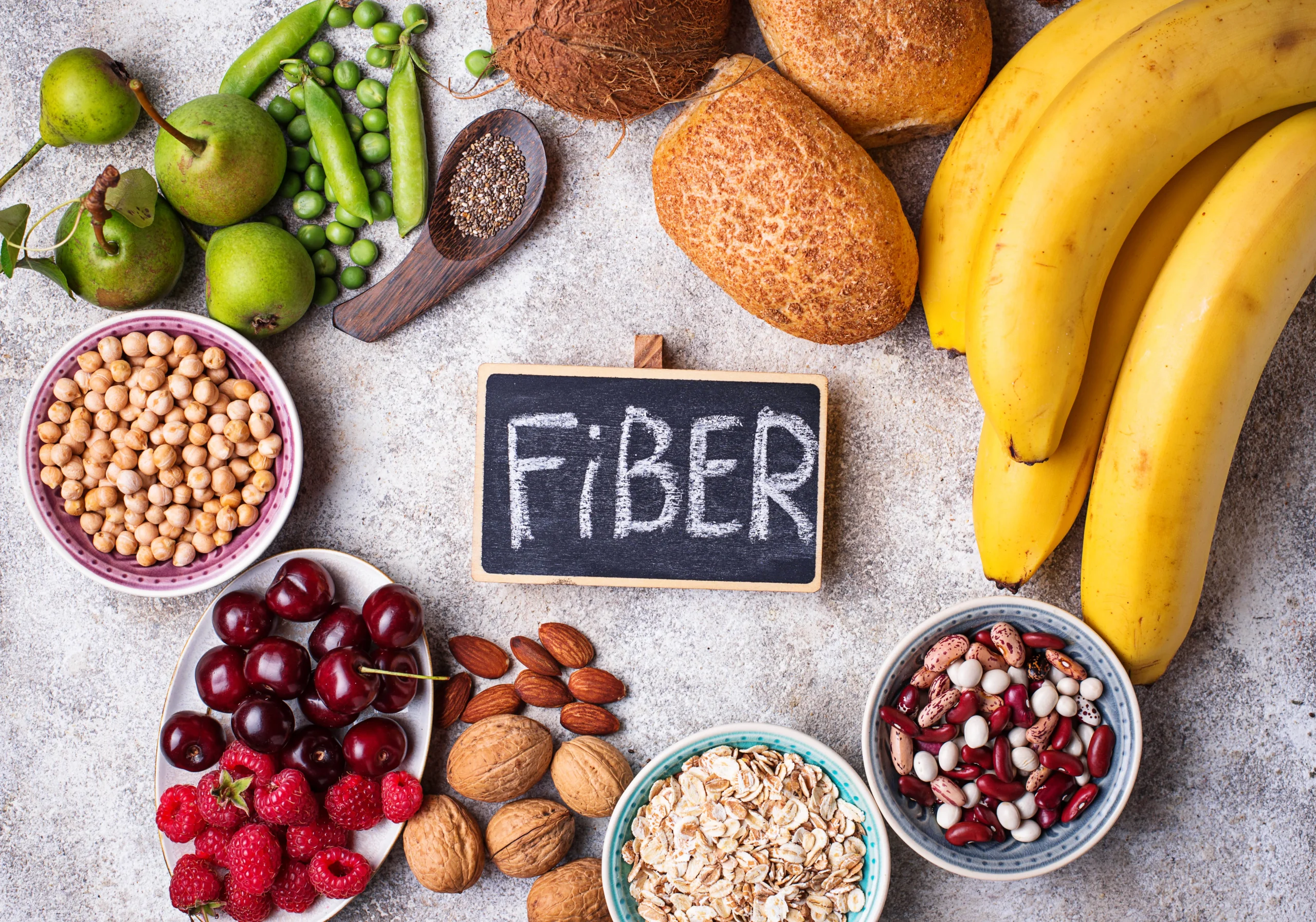Key Takeaway: Boosting your fiber intake doesn’t have to break the bank. With smart shopping and simple food swaps, you can easily meet your daily fiber needs while staying within budget.
Table of Contents
Ever caught yourself in the health food aisle, staring at those fancy fiber supplements with jaw-dropping price tags? I’ve been there too. But here’s the thing – getting enough fiber doesn’t require expensive supplements or specialty foods. As someone who’s mastered the art of healthy eating on a budget, I’m excited to share eight practical (and wallet-friendly!) ways to boost your fiber intake.
Why Fiber Matters (And Why You Probably Need More)
Let’s be real – most of us aren’t getting enough fiber. The average person only consumes about 15 grams daily, while experts recommend 25-30 grams. But before you rush to buy expensive fiber supplements, let me show you how to hit those numbers naturally and affordably.
Fun fact: Our ancestors consumed up to 100 grams of fiber daily from foraged plants and roots. Talk about putting our modern diets to shame!
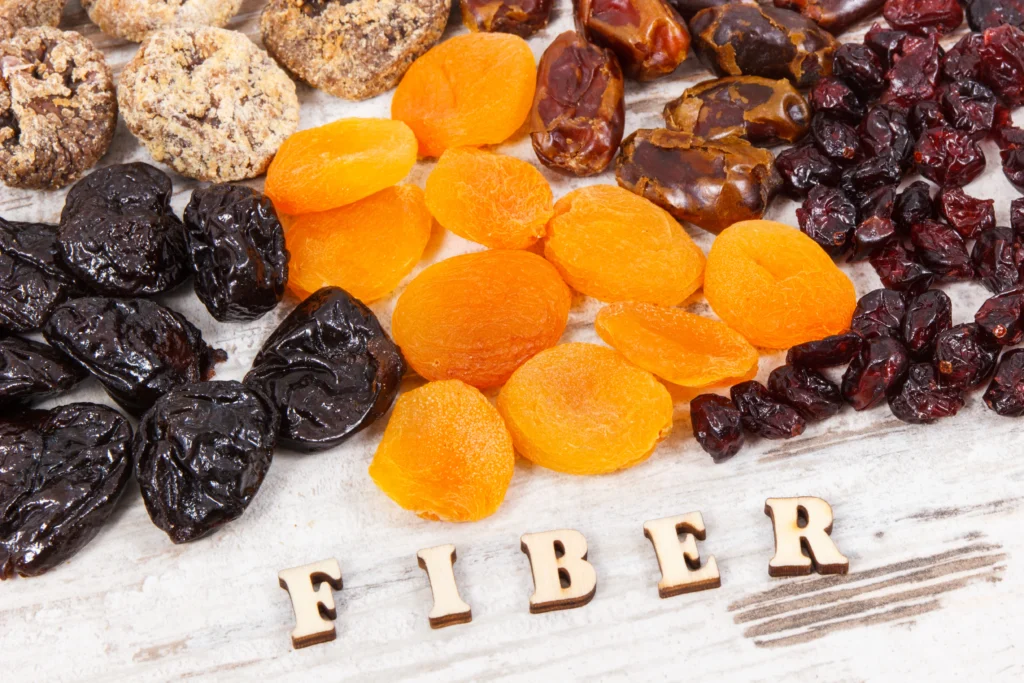
1. Embrace the Power of Legumes: Your Fiber-Rich Best Friends
If there’s one category of food that gives you the most fiber bang for your buck, it’s legumes. I remember when I first started cooking with beans – I was amazed at how a $1 bag of dried lentils could transform into multiple fiber-packed meals.
Here’s what makes legumes your budget-friendly fiber heroes:
- A pound of dried beans costs around $1-2
- Provides 10-15 grams of fiber per cup (cooked)
- Offers protein and minerals as bonus nutrients
- Can be used in countless dishes
Money-Saving Tip: Buy dried beans instead of canned. While both are affordable, dried beans cost about 1/3 the price per serving.
2. Transform Your Breakfast with Bulk Bin Oats
Want to know my secret weapon for starting the day with fiber? Old-fashioned oats from the bulk bin section. They’re not just cheaper than instant packets – they’re also more versatile and nutritious.
Ways to make your oatmeal exciting:
- Add a handful of frozen berries (budget-friendly and always in season!)
- Sprinkle with cinnamon (helps regulate blood sugar)
- Mix in a spoonful of peanut butter for staying power
- Top with banana slices for natural sweetness
Looking for more budget-friendly breakfast ideas? Check out our guide to affordable healthy habits!
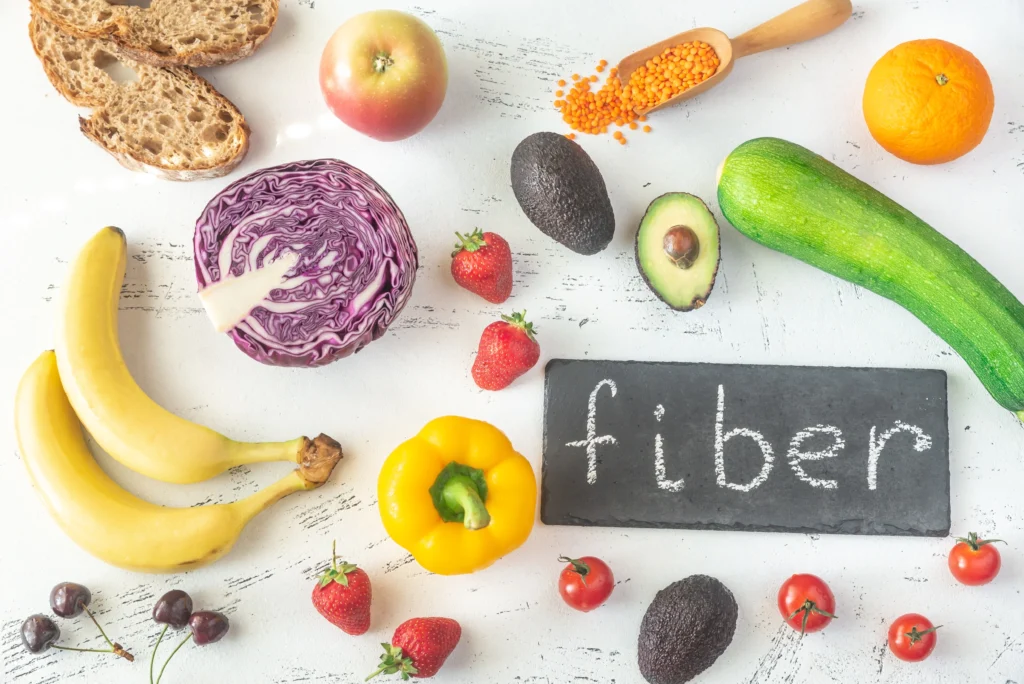
3. Master the Art of Whole Grain Swaps
Here’s something I wish someone had told me earlier: whole grain versions of your favorite foods don’t have to cost much more than refined ones. The key is knowing where to look and what to buy.
Simple swaps that won’t break the bank:
- Brown rice instead of white (only cents more per pound)
- Whole wheat pasta (often the same price as regular)
- Whole grain bread (look for sale items and freeze extra loaves)
Pro tip: Check discount stores and buy in bulk when these items go on sale – whole grains have a long shelf life!
4. Turn Your Kitchen into a Fiber Factory with These Produce Picks
Remember when I mentioned fiber supplements earlier? Nature’s got better options that cost way less. Here are my go-to affordable produce picks that are loaded with fiber:
| Produce Item | Fiber per Serving | Average Cost per Serving |
| Carrots | 3.6g | $0.25 |
| Cabbage | 2.8g | $0.20 |
| Apples | 4.5g | $0.50 |
| Bananas | 3.1g | $0.25 |
| Sweet Potatoes | 3.8g | $0.40 |
5. Get Creative with Seeds and Nuts
“But aren’t seeds and nuts expensive?” I hear you ask. Not if you shop smart! While some varieties can be pricey, others offer excellent fiber content at reasonable prices.
Budget-friendly options:
- Sunflower seeds (often under $2/pound)
- Peanuts (technically a legume, but who’s counting?)
- Flaxseeds (buy whole and grind as needed)
6. Start a Windowsill Herb Garden
This might sound fancy, but trust me – it’s not. A few small pots of herbs can provide both flavor and fiber. Plus, they’ll save you money on store-bought herbs in the long run.
Easy herbs to grow:
- Basil
- Parsley
- Mint
- Oregano
7. Make Friends with Frozen Vegetables
Let me let you in on a little secret: frozen vegetables are just as nutritious as fresh ones, often cheaper, and last longer. Plus, they’re already washed and cut – talk about convenience!
Best frozen veggies for fiber content:
- Green peas (6 grams per cup)
- Brussels sprouts (4 grams per cup)
- Broccoli (5 grams per cup)
- Mixed vegetables (varies)
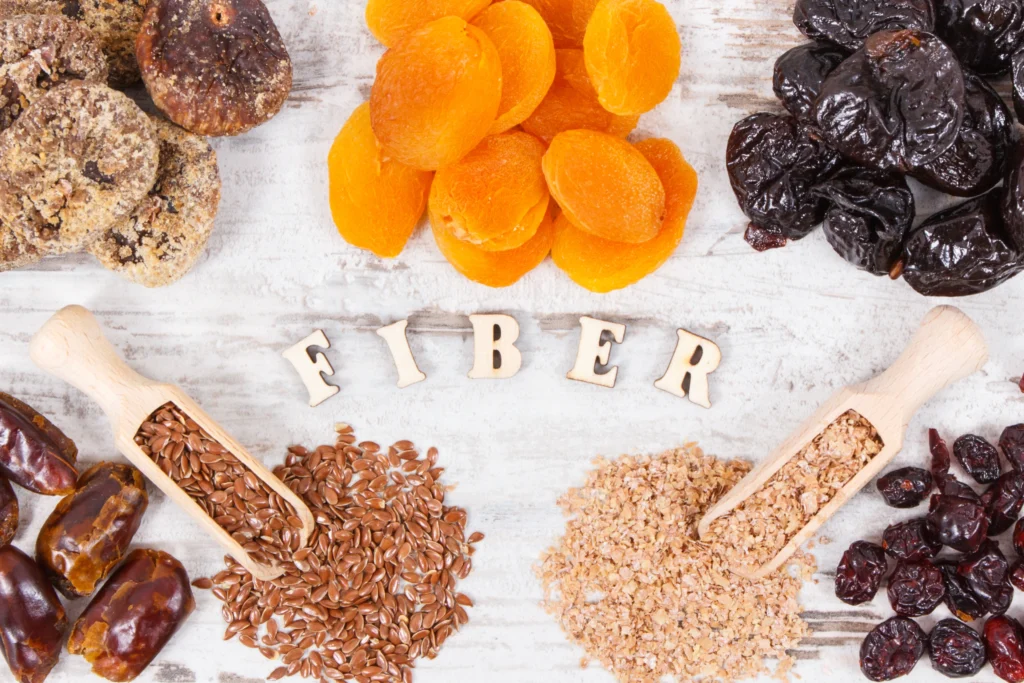
8. Learn the Art of Ingredient Stretching
Here’s where we get clever with our fiber intake. By adding high-fiber ingredients to your existing meals, you can boost nutrition without buying completely new foods.
Smart stretching strategies:
- Add oats to smoothies
- Mix ground flaxseed into yogurt
- Toss beans into salads
- Sprinkle sunflower seeds on soups
Want more budget-friendly nutrition tips? Check out our guide to affordable superfoods!
Frequently Asked Questions
Q: How do I know if I’m getting enough fiber?
A: Track your intake for a few days using a free app. Aim for 25-30 grams daily. Your body will also give you hints – regular digestion is a good sign!
Q: Won’t buying whole foods cost more than processed ones?
A: Not necessarily! While some whole foods might cost more upfront, they’re often more filling and nutritious, making them more economical in the long run.
Q: Can I get too much fiber?
A: Yes, but it’s rare on a natural, whole-food diet. Increase your intake gradually and drink plenty of water to avoid discomfort.
The Bottom Line
Boosting your fiber intake doesn’t require expensive supplements or specialty foods. By making smart choices and incorporating these budget-friendly strategies, you can easily meet your daily fiber needs while keeping your grocery bill in check.
Ready to take your health journey further? Check out our guide to creating a sustainable, budget-friendly healthy lifestyle.
Remember: Small changes add up to big results. Start with one or two of these strategies and gradually build from there. Your body (and wallet) will thank you!
